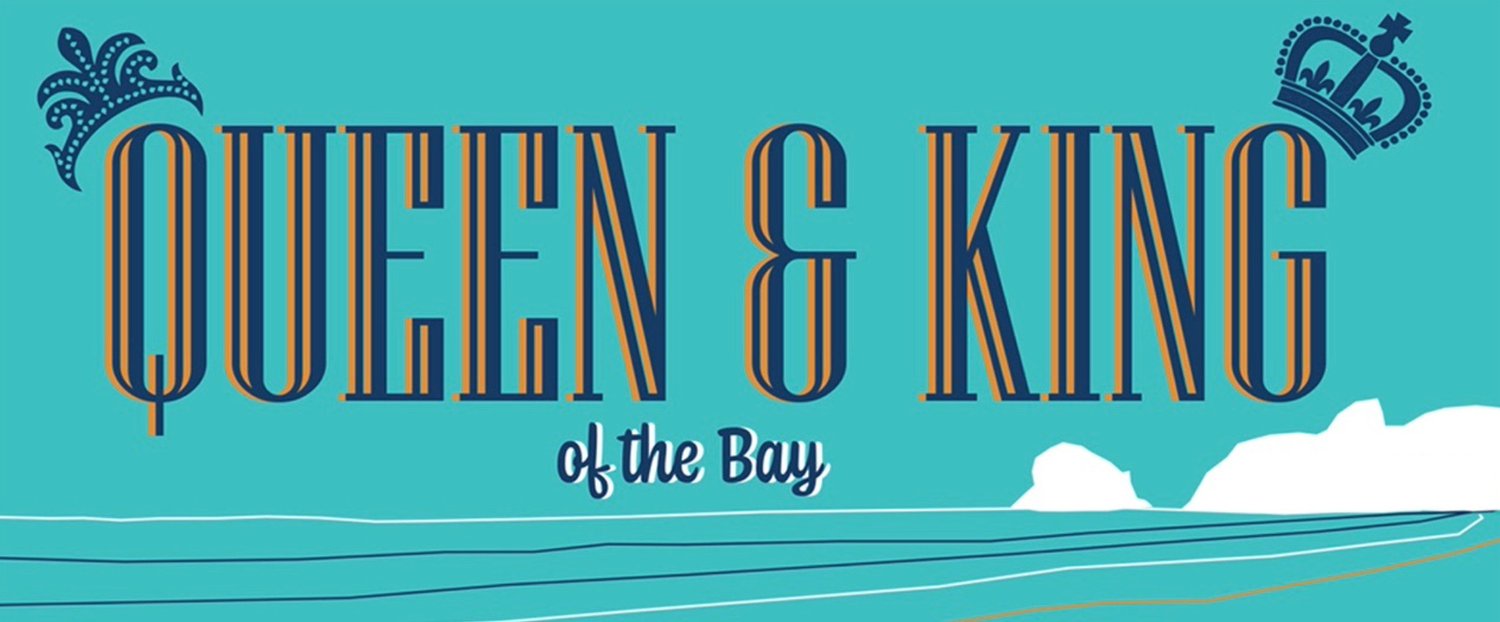Nathan’s advice for training
Preparing for the Queen and King of the Bay ocean paddling event can be daunting, especially for those new to surfski racing. When I started surfski racing, I struggled to find comprehensive training guidance, often piecing together strategies that didn't yield optimal results.
Leveraging my extensive experience in surfski racing, river racing, expedition sea kayaking, whitewater kayaking, pack rafting, adventure racing, cycling, and running, I have developed a structured programme specifically tailored for participants in this race. This programme is designed to support beginners and intermediate paddlers in enhancing their skills and confidence.
The programme consists of three phases: base, endurance, and speed, each followed by recovery, and then a taper for performance refinement. These phases are strategically designed to prepare participants for the race's demands, aligning with New Zealand's seasons and event timing. Longer training sessions are scheduled during warmer days to maximise performance.
Selecting the right ski is crucial. Finding one that's comfortable, especially in terms of the seat, is key. For intermediate paddlers, having two skis—one for rough seas and another for calm conditions—is advisable. Mastering one ski while challenging yourself with another enhances skills and adaptability. Beginners and elite paddlers tend to paddle the same ski in all conditions.
While gym workouts targeting kayak-specific upper body strength can be beneficial, they're not essential. You can achieve similar results on the water by paddling in varied conditions. If you do wish to use a gym, 2-3 sessions of 1-hour upper body sessions per week would be ample.
Training specificity is paramount. Challenge yourself regularly on the water, whether it's practicing remounts, navigating waves at the beach, or organising down-winders.
Tailoring your training for the event involves several key steps:
Understand the Event: Know its duration, intensity, and specific skills required.
Assess Strengths and Weaknesses: Identify areas for improvement related to both physical attributes and technical skills.
Embrace Progressive Overload: Gradually increase the intensity or volume of your workouts over time.
Prioritise Rest and Recovery: Allow adequate time for recovery to prevent over-training and injury. It’s not what training you do that gets results, it’s what training you can recover from.
Focus on Nutrition and Hydration: Fuel your body with proper nutrition and hydration to support training efforts.
Course Familiarisation: If you live locally, make an effort to paddle various sections of the course route. There are launching and landing points along the entire route, so paddle them in bite-sized chunks to get comfortable with different areas. Tasman Bay is more similar to a large lake than the open sea, so don't be afraid to venture out and explore.
In preparation for the Queen and King of the Bay, participating in as many events as possible is beneficial. Races will quickly enhance your speed and help you condition yourself for competitive environments. Use these races purely as build-up events, focusing on the intensity and distance as benefits, rather than worrying about the results. Remember the motto: if there is a race on, be on the start line.
By following these principles and committing to structured training, you can maximise your preparation for the Queen and King of the Bay Ocean Paddling Event.
If you’ve read this far, you can do it! - be bold, step up, make it happen.
“If you think paddling for 9 hours a week is a lot, consider this:
Most people spend around 55 hours a week sleeping, 40 hours working, and 7 hours driving.
There are 168 hours in a week.
If surfski is your passion, 9 hours might just be a small investment in something you love.
Think about it.”


